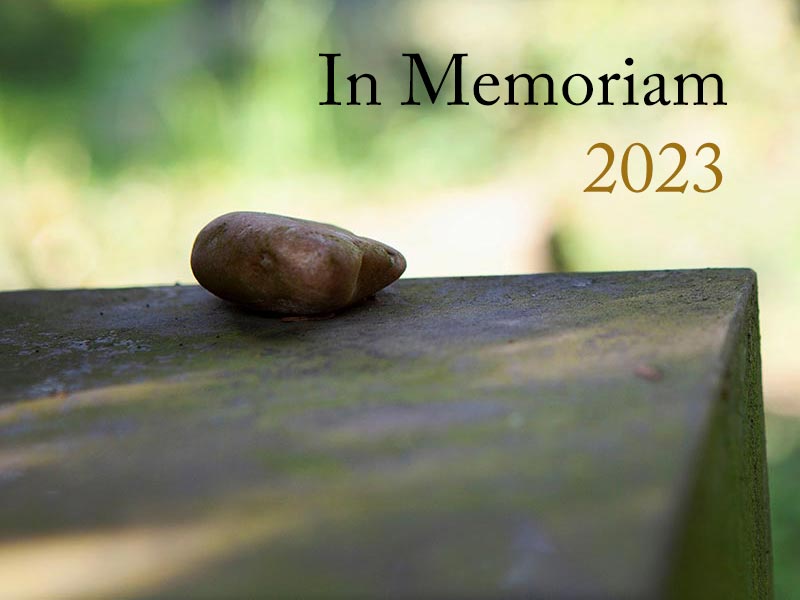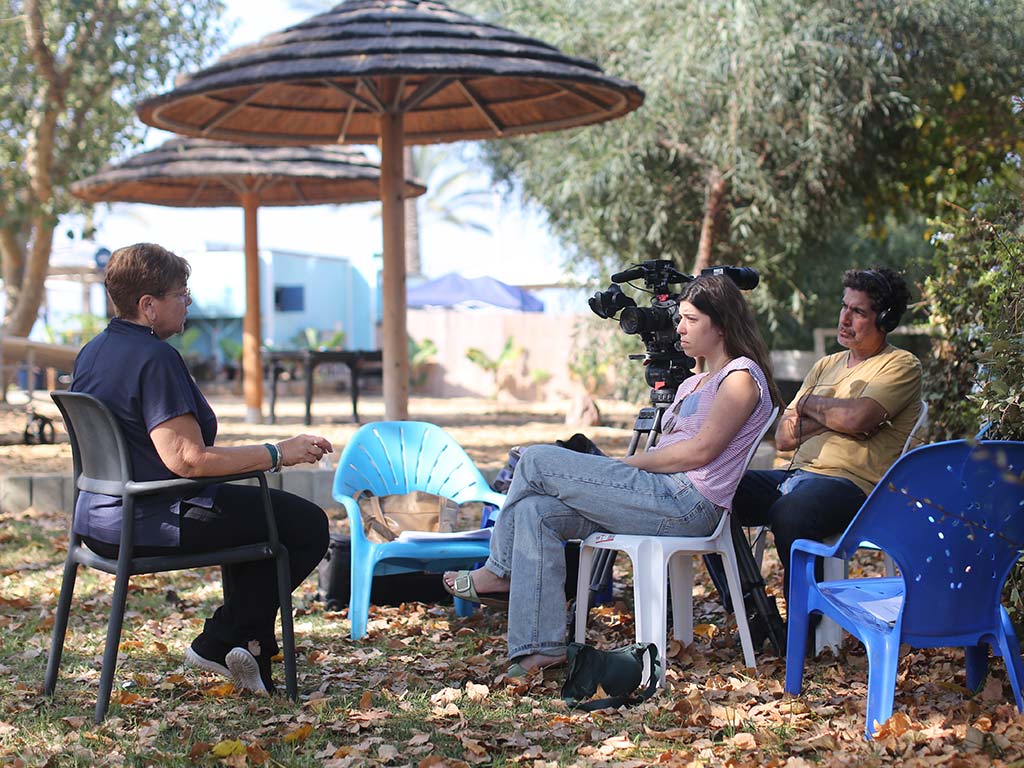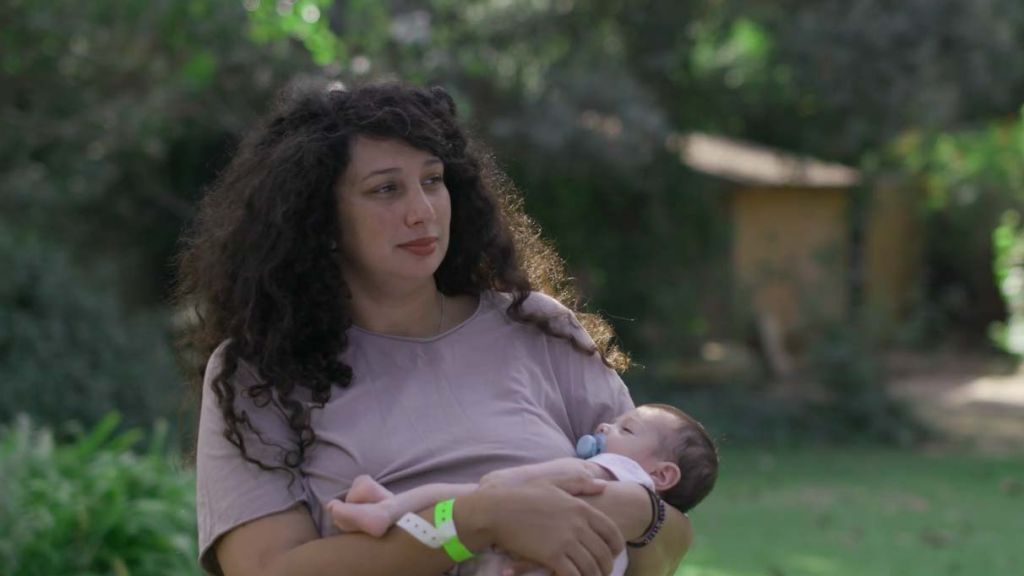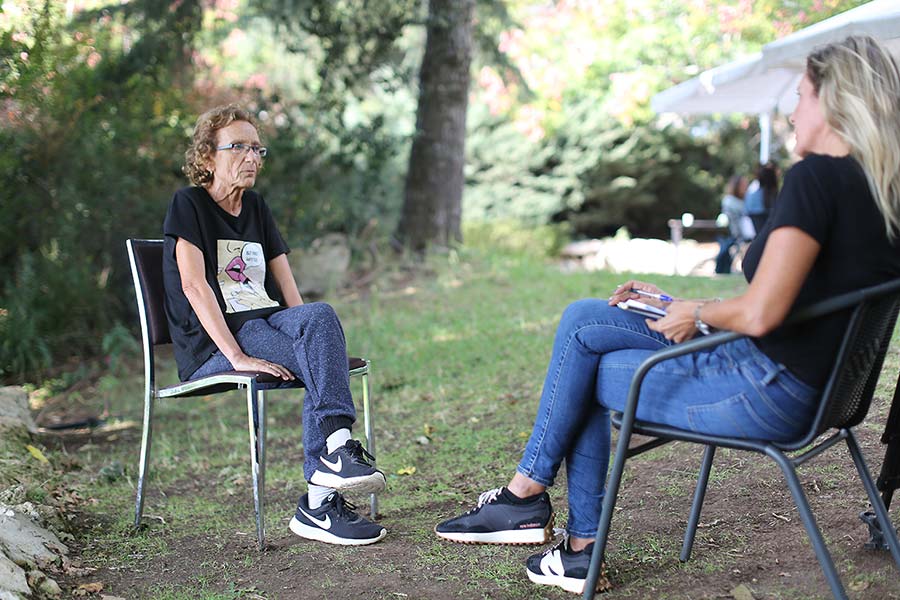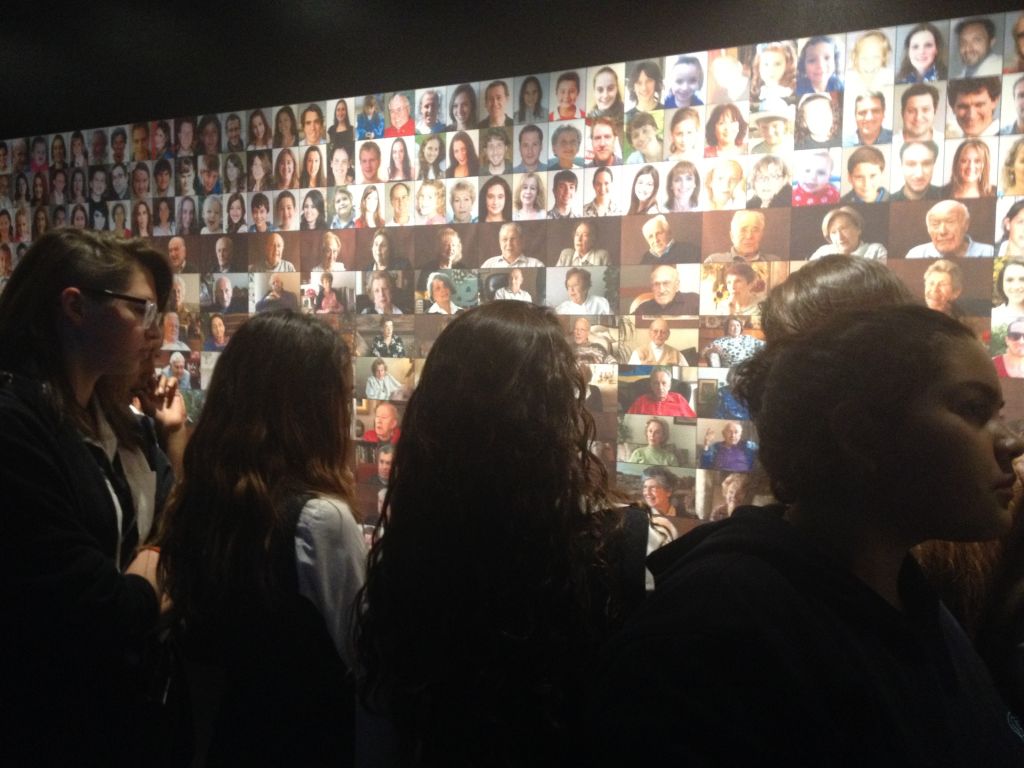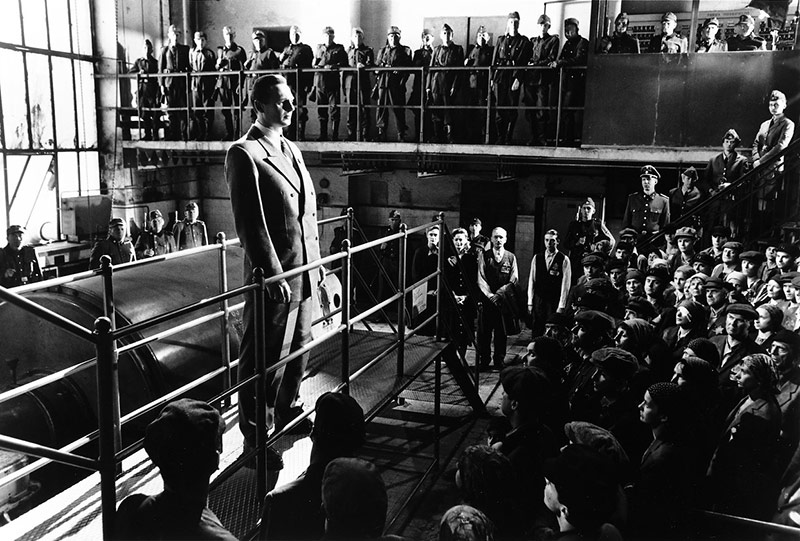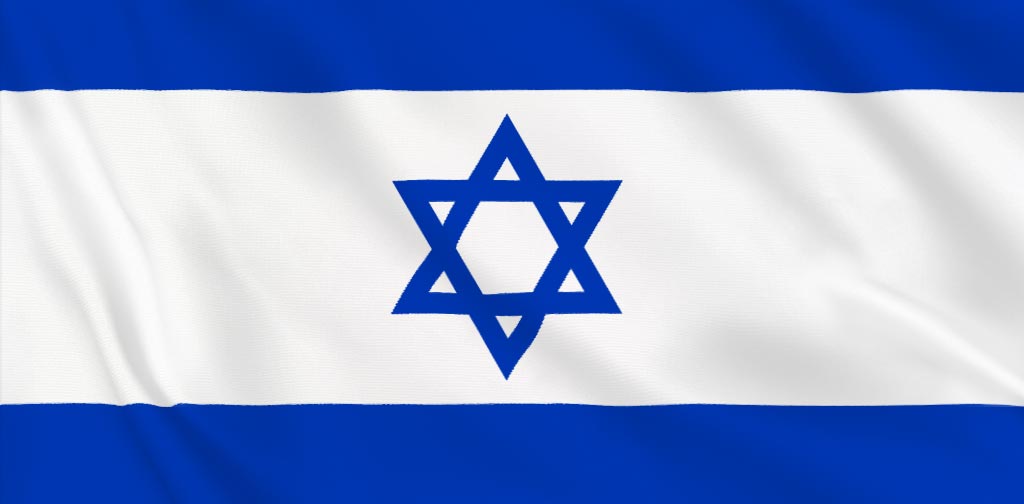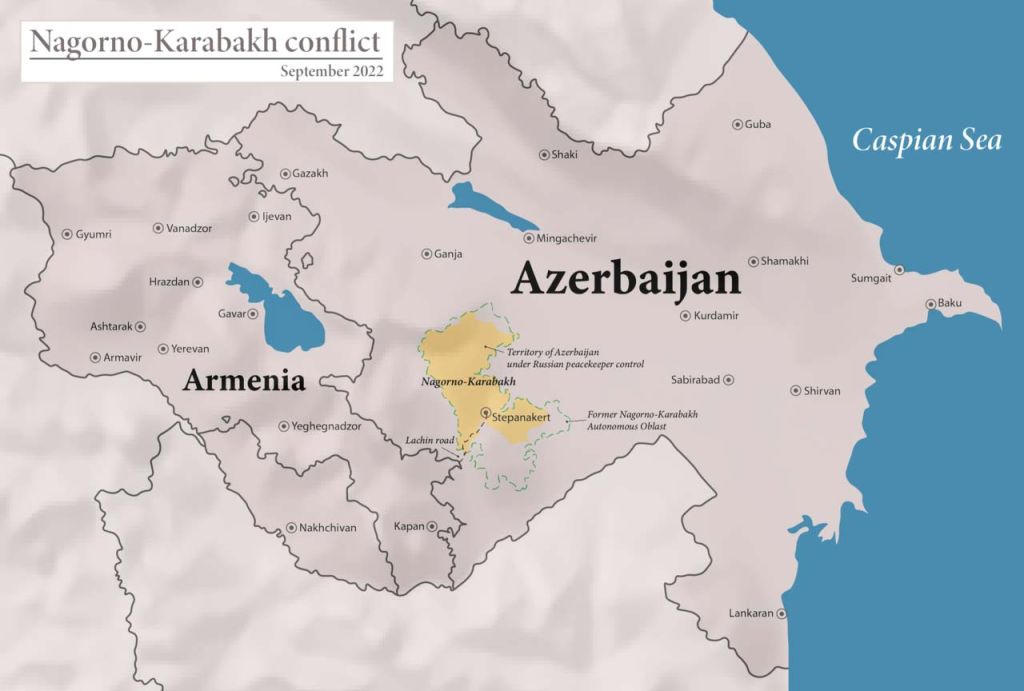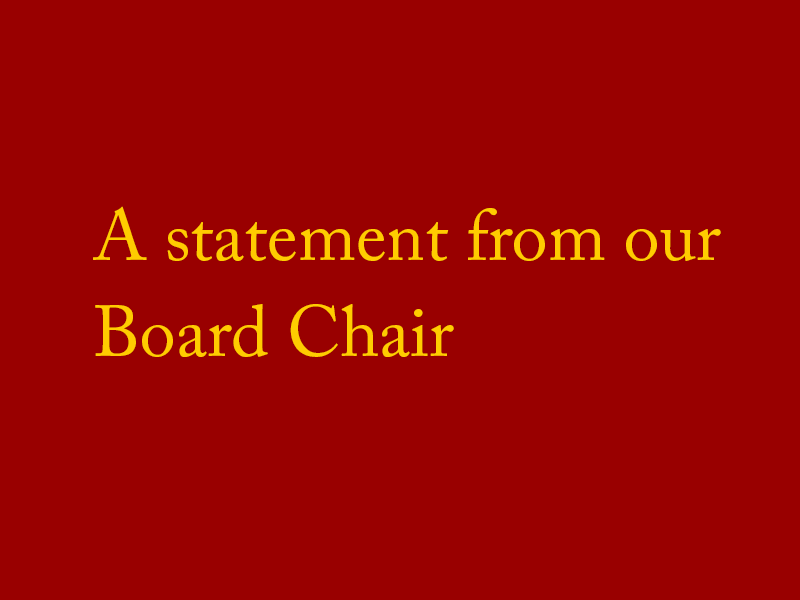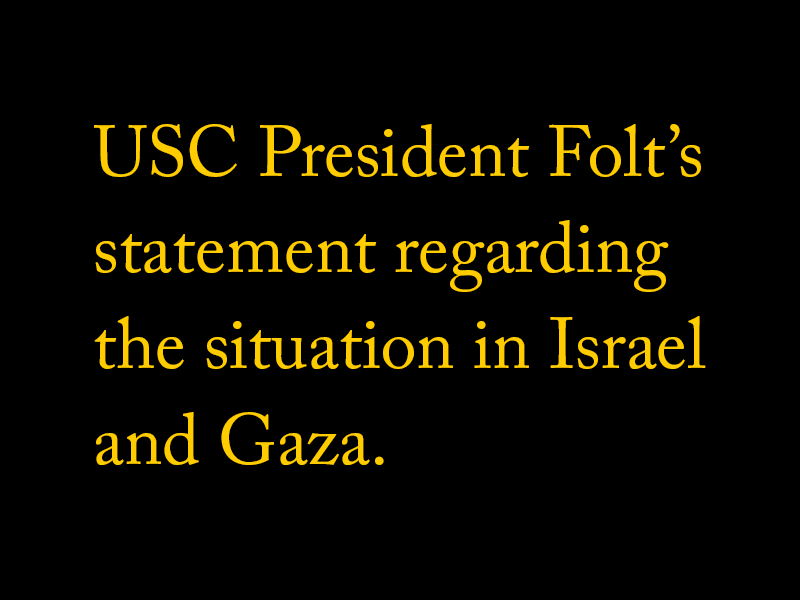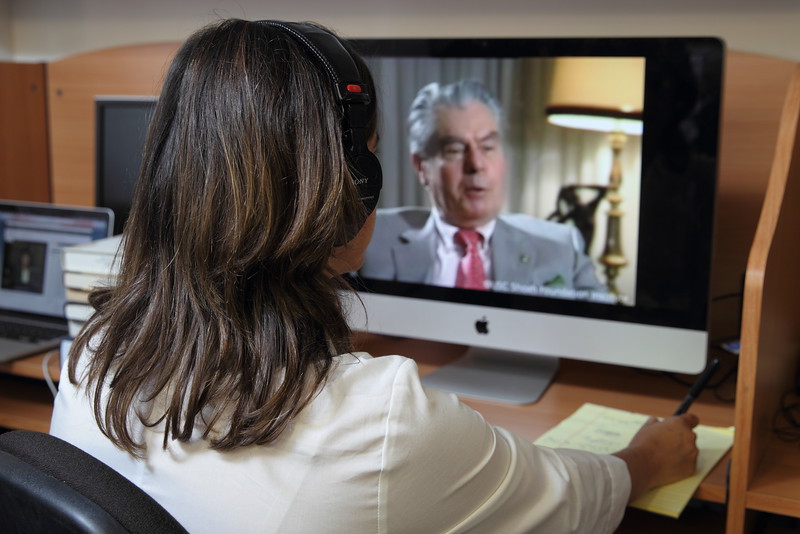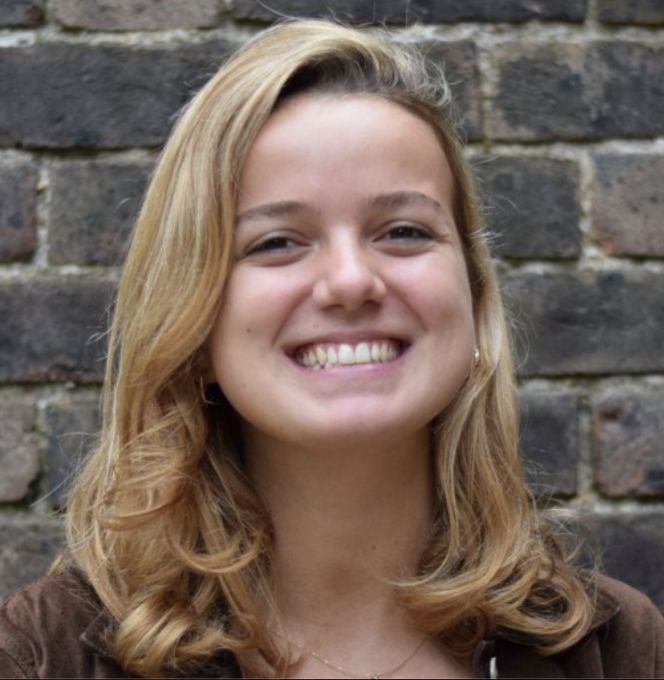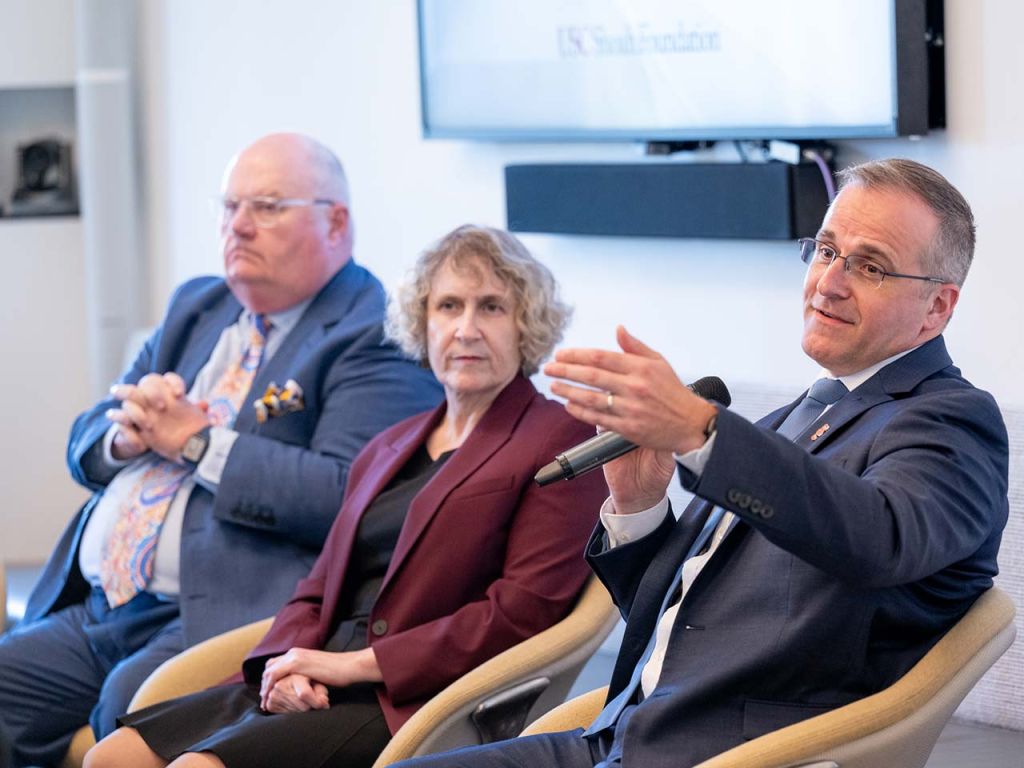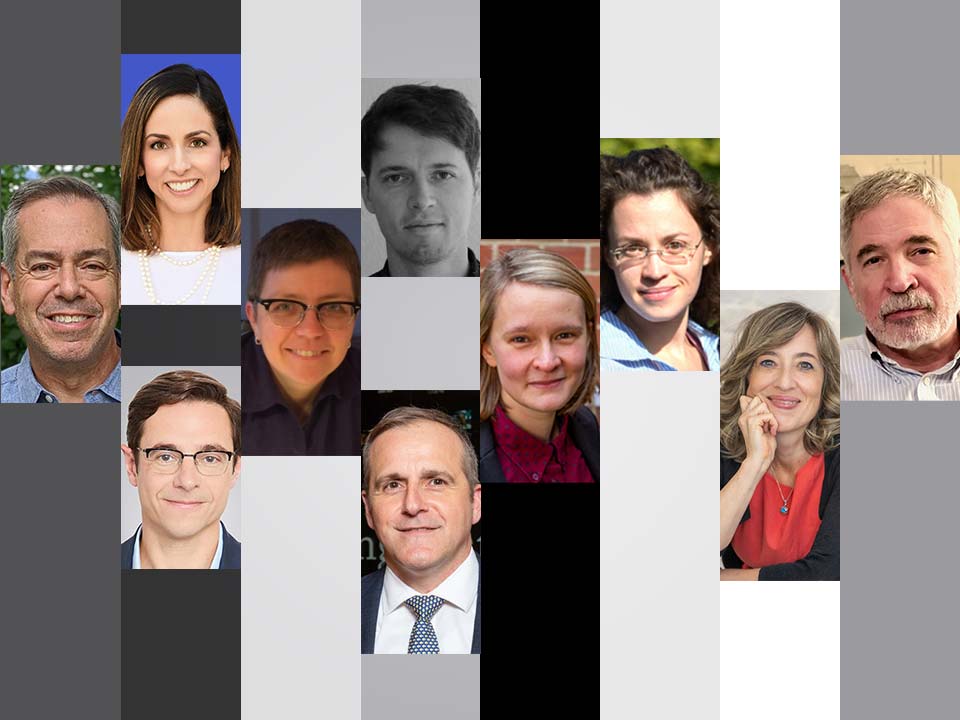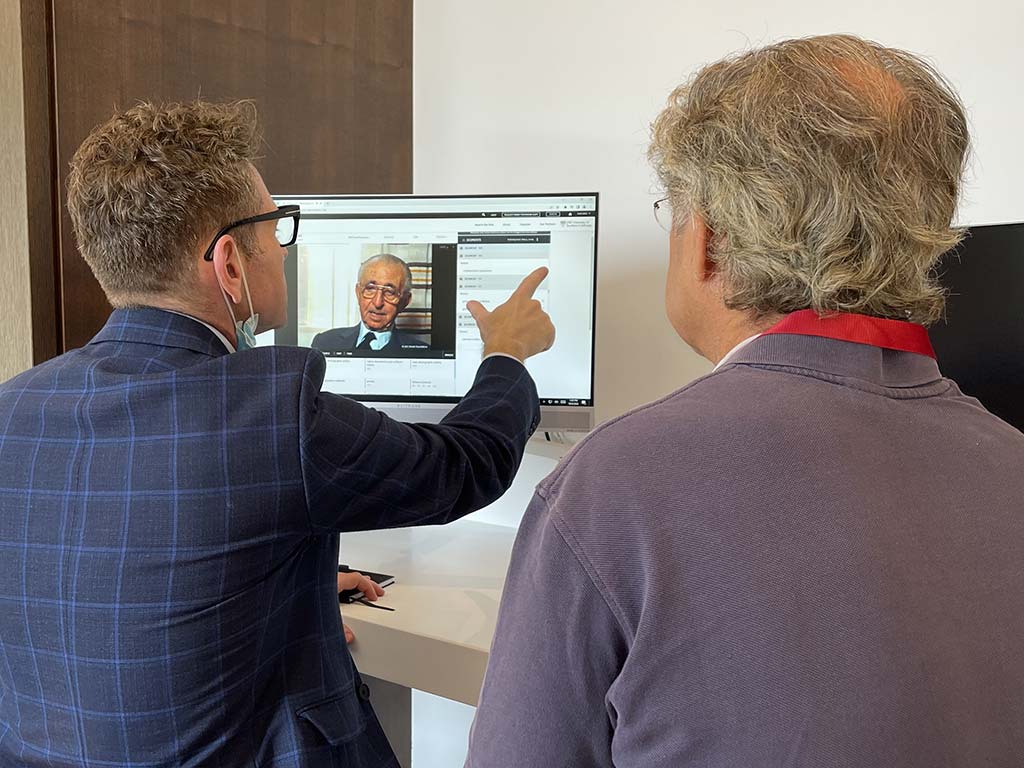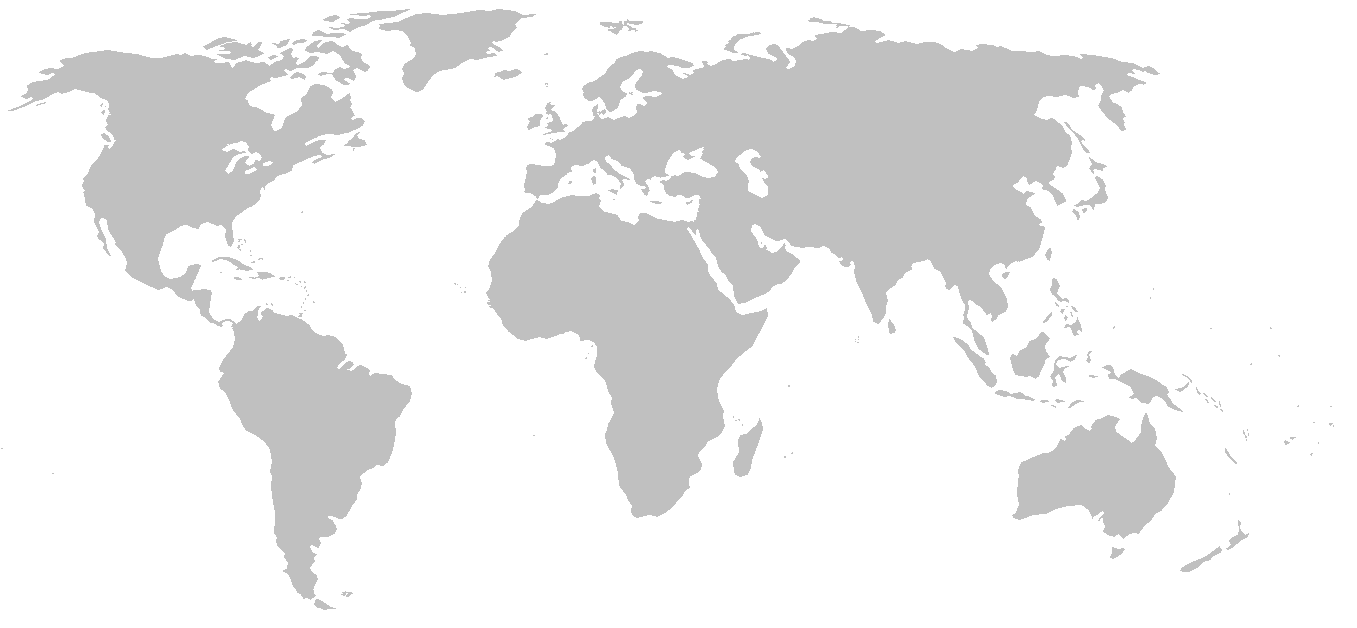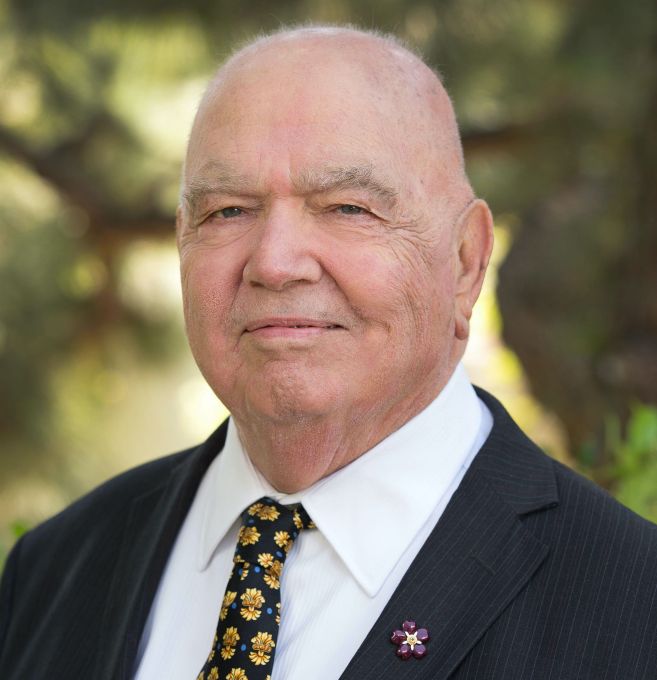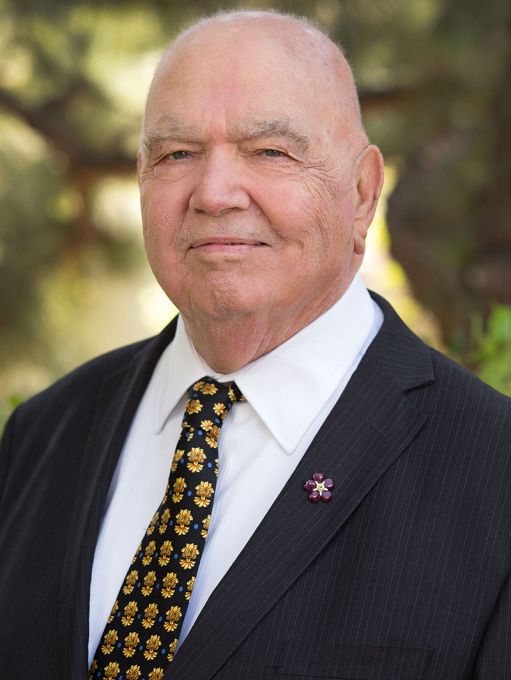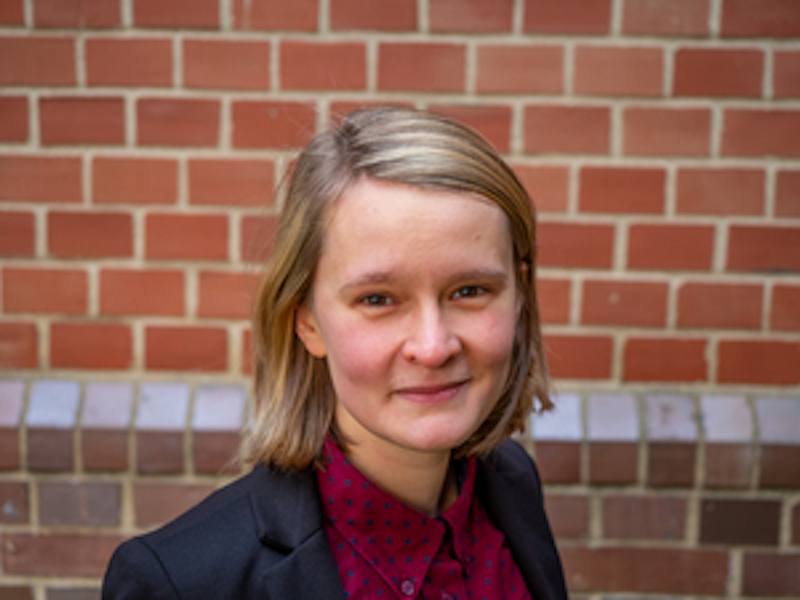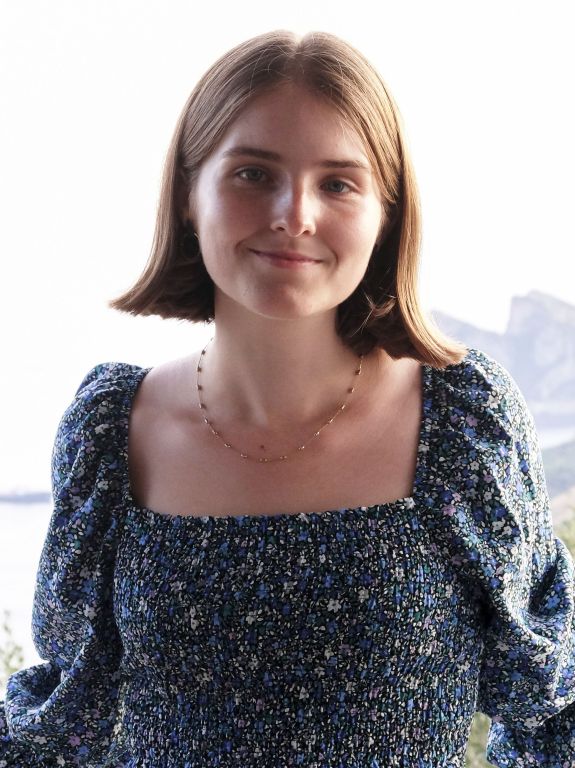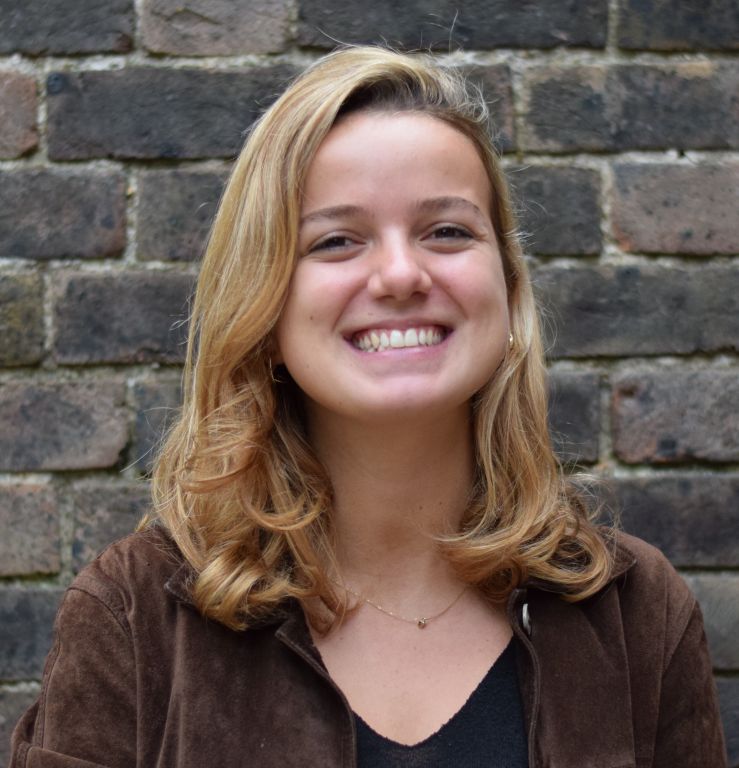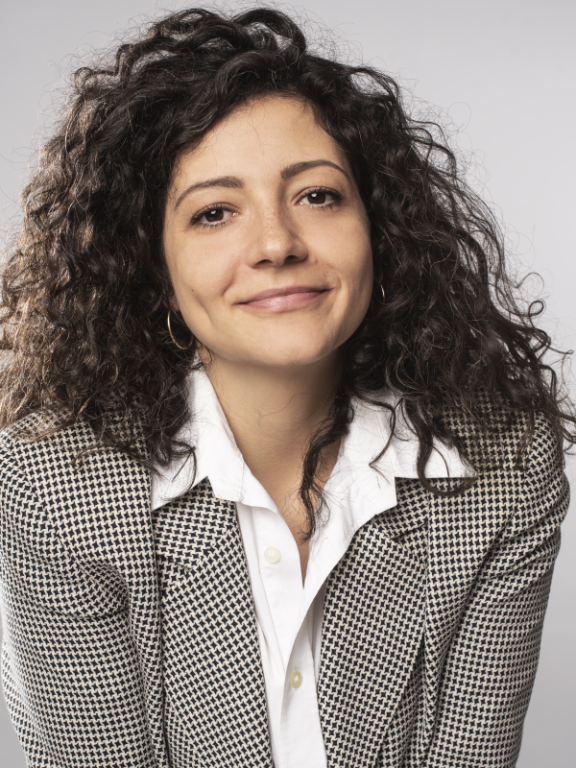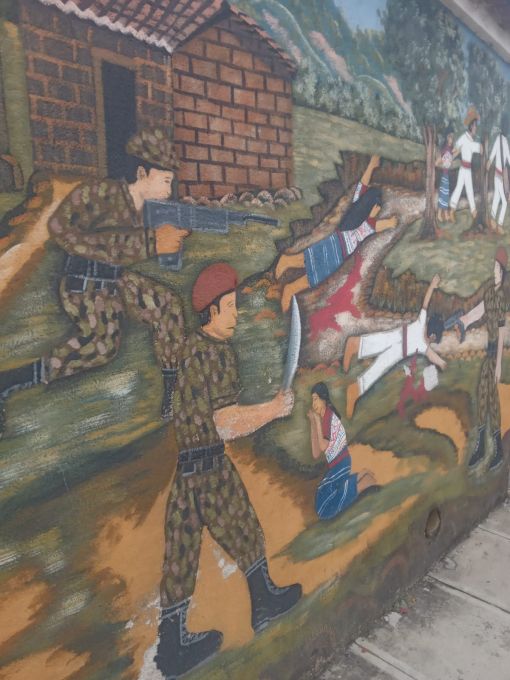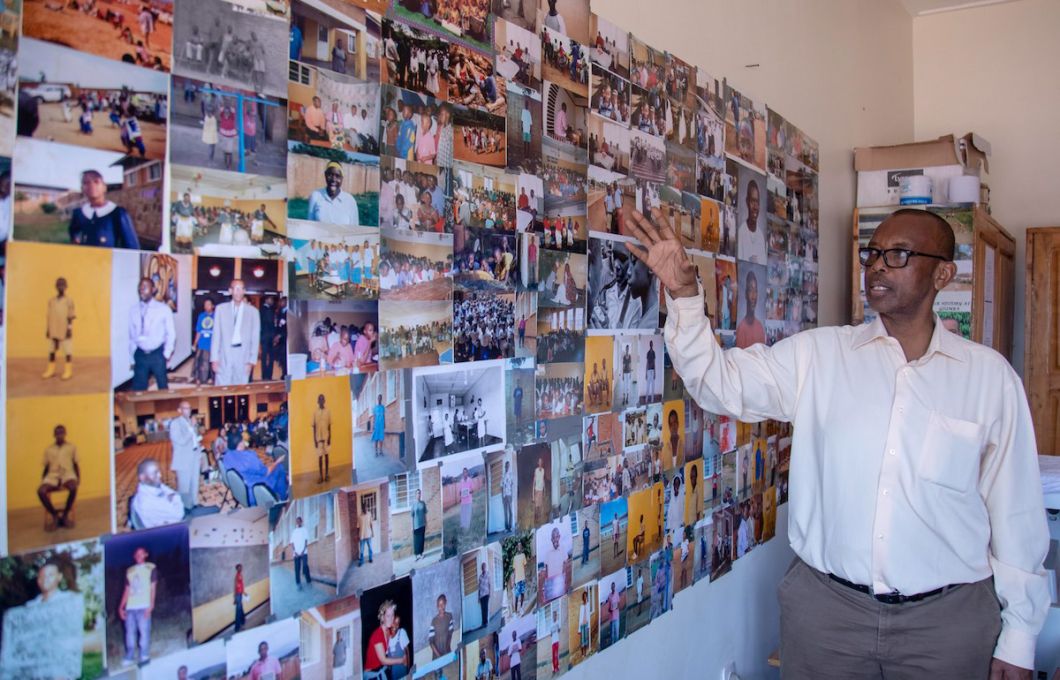News By Year
Remembering those we lost in 2023
The Institute mourns the passing of members of our community in 2023, including survivors who have given testimony, Nimrod “Zigi” Ariav, Dr. Richard Hovannisian, Damas Gisimba, Joshua Kaufman, Thomas…
Friday, December 15, 2023
Tablet Studios and The USC Shoah Foundation Join Forces to Launch Multimedia Collection from the October 7 Terrorist Attacks in Israel
In the aftermath of the October 7 Hamas terrorist attacks in southern Israel, the USC Shoah Foundation and Tablet Studios announced a partnership to collect, archive, and make available testimonies…
Tuesday, December 5, 2023
Urgent Campaign Records Eyewitness Accounts of Antisemitic Terror Attacks in Israel
In the moments before Shaylee Atary Winner escaped from her home in the early morning hours of October 7, she saw her husband fighting to close the iron window grates in their safe room over the…
Friday, December 1, 2023
USC Shoah Foundation Recording, Preserving October 7 Survivor Testimony
The USC Shoah Foundation is recording testimonies of survivors of the Hamas terror attacks in Israel as part of a major initiative launched days after October 7, when 1,400 people were massacred and…
Thursday, November 9, 2023
New Latin America Partnership Launches IWitness Page Featuring Spanish-Language Holocaust Testimonies
The USC Shoah Foundation and The Latin American Network for Education on the Shoah (Red LAES) today launched a new IWitness web page that offers downloadable Spanish-language educational activities…
Wednesday, November 1, 2023
On the 30th Anniversary, New York Panel to Examine Impacts and Legacy of Schindler’s List
This December marks the 30th anniversary of the release of Schindler’s List, Steven Spielberg’s Academy Award™-winning film that brought Holocaust remembrance to the forefront of popular culture.
…
Wednesday, November 1, 2023
Israel Under Attack
There are no words that can adequately convey our grief, outrage, and sorrow. The barbaric crimes committed against Israeli civilians this week have shocked us all. As we continue to uncover the…
Friday, October 13, 2023
Armenians in Nagorno-Karabakh (Artsakh)
For more than a year, tensions and fighting in and on the border of the Republic of Nagorno-Karabakh (Artsakh) have grown in intensity. In part the result of the nature of the region’s creation under…
Wednesday, October 11, 2023
A statement from Joel Citron, Board Chair
Dear Friends,
I am writing to you with profound sorrow. The murderous attack that occurred in Israel was an act of antisemitism in its most depraved form by a genocidal regime in Gaza sponsored by…
Wednesday, October 11, 2023
President Folt's statement regarding the situation in Israel and Gaza
Over the past several days, I have been in touch with many members of the Trojan Family who voiced their pain and despair in the wake of the unprecedented terrorist attacks in Israel. We mourn the…
Wednesday, October 11, 2023
Call for Applications
USC Shoah Foundation – The Institute for Visual History and Education invites applications from graduate students from any university for the 2024-2025 USC Shoah Foundation Robert J. Katz Research…
Tuesday, October 10, 2023
Katz Fellow in Genocide Studies Explores Jewish, Roma Experiences in French Internment Camps
In early September, Clara Dijkstra, a Ph.D. Candidate in History at the University of Cambridge and the 2023-2024 USC Shoah Foundation Robert J. Katz Research Fellow in Genocide Studies, arrived for…
Wednesday, September 20, 2023
USC Special Panel Discusses Challenges to Holocaust Memory Amidst Rising Antisemitism
More than 300 people turned out Wednesday for a public convening at which a high-level panel discussed threats to Holocaust memory caused by growing antisemitism and revisionist campaigns that deny…
Friday, September 8, 2023
USC Shoah Foundation Launches Lecture Series on Understanding and Responding to Antisemitism
With anti-Jewish violence and rhetoric on the rise around the world, the USC Shoah Foundation this fall launches a new Antisemitism Lecture Series where leading scholars will guide audiences through…
Tuesday, August 29, 2023
Nimrod “Zigi” Ariav, 96, Took Up Arms Against the Nazis
The USC Shoah Foundation mourns the August 3, 2023 passing of Nimrod “Zigi” Ariav, a Holocaust survivor who fought in the 1944 Warsaw Uprising and Israel’s War of Independence before becoming a…
Thursday, August 17, 2023
Call for Applications: USC Shoah Foundation Non-residential Scholar Program
USC Shoah Foundation – The Institute for Visual History and Education is pleased to invite applications from scholars of all levels for its Non-residential Scholar Program. The Program is intended to…
Wednesday, August 2, 2023
Ghetto Fighters’ Museum, USC Shoah Foundation Bring Lessons of Courageous Danish Rescue Operation to Classrooms
Middle and high school students around the world are exploring the themes of resistance, solidarity and resilience using an innovative new film-based curriculum produced by the USC Shoah Foundation…
Tuesday, August 1, 2023
Invitación para presentación de propuestas: 2024 Conferencia de la INoGS
-
Invitación para presentación de propuestas
IX Conferencia Internacional de la INoGS
Genocidio y comunidades sobrevivientes: agencia, resistencia,…
Friday, July 28, 2023
In Telling Jan Karski's Story of Holocaust Resistance, Filmmakers Turned to Testimony
How could the Nazis have systematically murdered six million Jews, and how could the world have stood passive as it happened?
These momentous questions are neither rhetorical nor unanswerable to…
Thursday, July 27, 2023
In Memoriam: Richard G. Hovannisian
The USC Dornsife Center for Advanced Genocide Research mourns the death of Richard G. Hovannisian, who was a close friend of the Center and passed away on July 10, 2023 at the age of 90 years old…
Thursday, July 13, 2023
We Remember Dr. Richard Hovannisian, 90, an Esteemed Historian and Chronicler of the Armenian Genocide
The USC Shoah Foundation mourns the passing of our friend Dr. Richard Gable Hovannisian, a scholar who devoted his life to chronicling the 1915 Armenian Genocide and donated the more than 1,000…
Wednesday, July 12, 2023
Center Is Co-Convening 2024 Conference on Archives in/of Transit
The USC Dornsife Center for Advanced Genocide Research is one of the conveners for the conference "Archives in/of Transit: Historical Perspectives from the 1930s to the Present", which will take…
Friday, July 7, 2023
Christina Wirth Awarded 2023-2024 Robert J. Katz Research Fellowship in Antisemitism Studies
Christina Wirth, a Ph.D. student at the Leibniz Institute for European History in Mainz, Germany, is to be the USC Shoah Foundation’s first Robert J. Katz Research Fellow in Antisemitism Studies. She…
Friday, July 7, 2023
Julie Fitzpatrick Awarded 2023-2024 Breslauer, Rutman, and Anderson Research Fellowship
Julie Fitzpatrick, a PhD candidate in History at Royal Holloway, University of London, has been awarded the 2023-2024 Breslauer, Rutman, and Anderson Research Fellowship at the USC Dornsife Center…
Friday, July 7, 2023
Clara Dijkstra Awarded 2023-2024 USC Shoah Foundation Katz Research Fellowship in Genocide Studies
Clara Dijkstra, a PhD candidate in History at the University of Cambridge, Christ’s College, has been awarded the 2023-2024 USC Shoah Foundation Robert J. Katz Research Fellowship in Genocide Studies…
Friday, July 7, 2023
Clara Dijkstra Awarded 2023-2024 USC Shoah Foundation Katz Research Fellowship in Genocide Studies
Clara Dijkstra, a PhD candidate in History at the University of Cambridge, Christ’s College, has been awarded the 2023-2024 USC Shoah Foundation Robert J. Katz Research Fellowship in Genocide Studies…
Friday, July 7, 2023
Alexandra Szabó Awarded 2023-2024 Greenberg Research Fellowship
Alexandra Szabó, a PhD candidate in History at Brandeis University, has been awarded the 2023-2024 Margee and Douglas Greenberg Research Fellowship at the USC Dornsife Center for Advanced Genocide…
Friday, July 7, 2023
NEH Grant to Fund Transcription, Translation of Guatemalan Genocide Survivor Testimonies
A longtime scholar affiliate of the USC Shoah Foundation has received a $50,000 National Endowment for the Humanities (NEH) grant to transcribe and translate the Maya-Kaqchikel and Spanish-language…
Thursday, June 29, 2023
We Remember Damas Gisimba, 61, Savior of More than 400 Rwandans During Genocide
The USC Shoah Foundation mourns the passing of Damas Gisimba, the director of a Kigali orphanage who sheltered and saved the lives of over 400 people, mostly children, during the 1994 Genocide…
Thursday, June 29, 2023
Defying Horrors of Teenage Years in Auschwitz, Joshua Kaufman, 95, Embraced Life
The USC Shoah Foundation mourns the June 6, 2023 passing of Joshua Kaufman, who survived Auschwitz and was liberated at Dachau Concentration Camp at the age of 17, and was recognized at the 2019…
Tuesday, June 27, 2023
